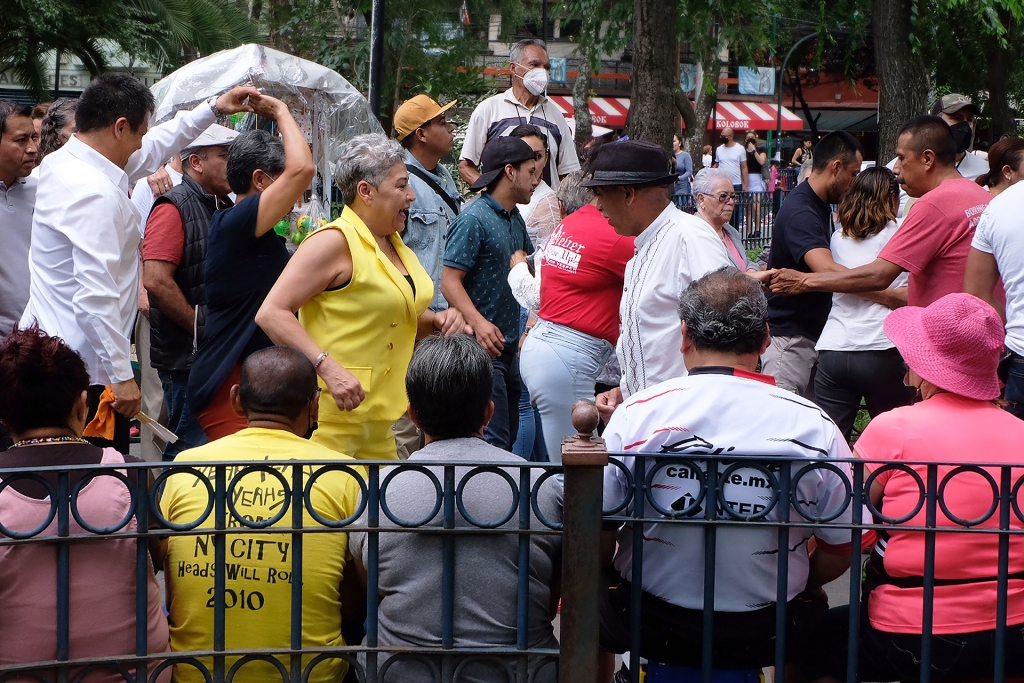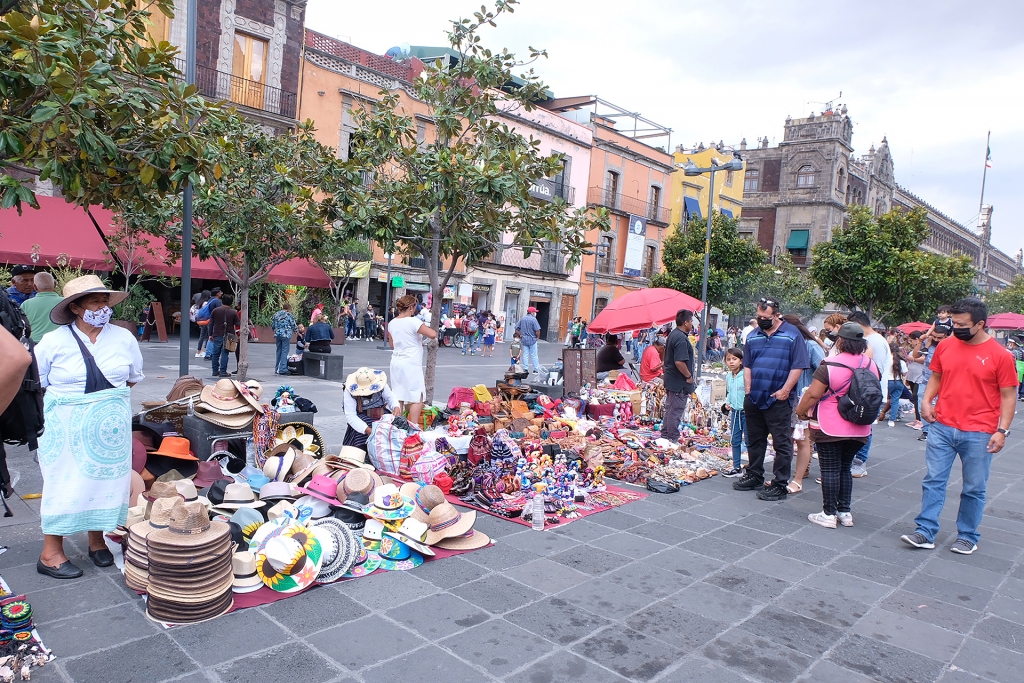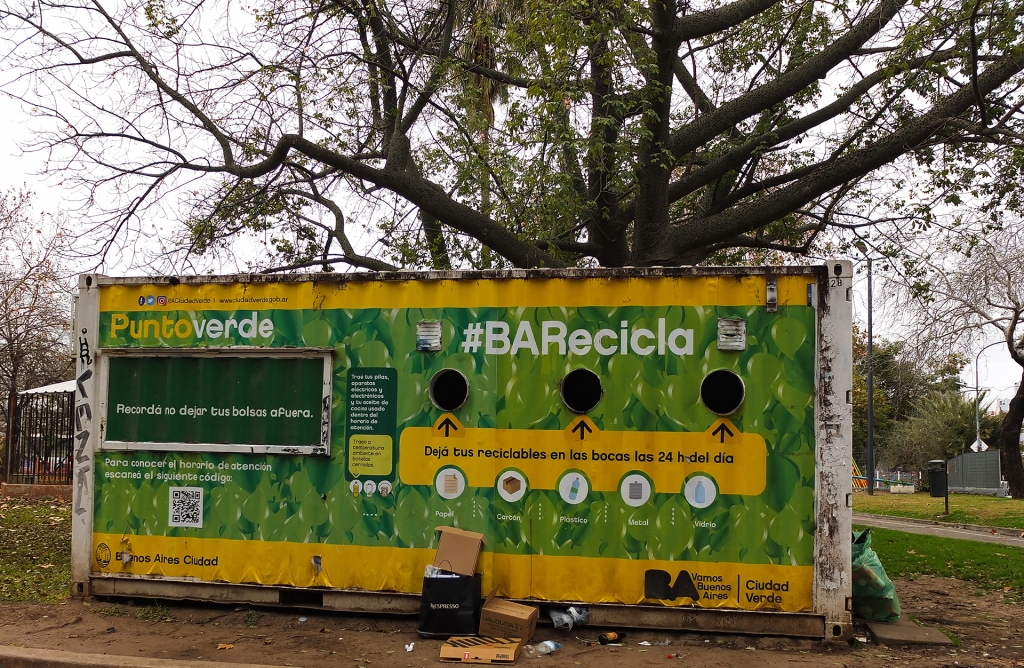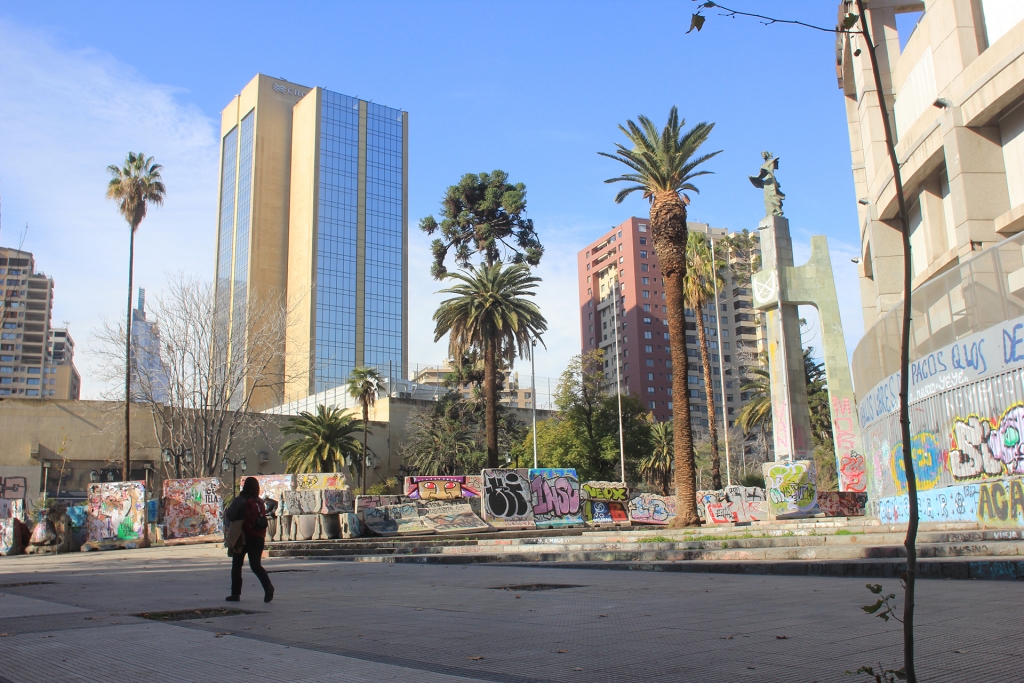The caring city
Equanimity in decisions

Photo: Paulina Malvaez, Mexico City
If we want more equitable cities, we need to stop making so many individualistic, segregationist and utilitarian decisions and shift to other perspectives.
To think about a caring city, that evolves from people’s needs, is something that has already been debated. A more egalitarian city stimulates a population more interested in experiencing and contributing to it, than just extracting from it what it needs. It is a place that nourishes diversity and allows its inhabitants, each in their own way, to feel welcomed as a part of it. For Cleo Henry, our partner from Humankind, “inclusivity is always iterative, so flexibility can be a form of care.”

Photo: Paulina Malvaez, Mexico City
Well Living
Paola Martinez, Chilean expert on cities, argues that each metropolis has unique knowledge and specificities, but that they all have a common horizon: the need to “more than patch roads or patch up streets, to patch up life”.

Photo: Sofia Cossari, Buenos Aires
Urban Narratives
If our spaces “tell stories”, as Julián Woodside, a Mexican specialist in material culture, said, we have heard the stories that are being told today, but which ones do we want our city to tell us from now on? How can we take action in urban structures to make this happen? For Eduardo Costa, a Brazilian expert on Cities, who believes in the empowerment of the occupation of public spaces, “the transformation of the city will happen starting from the squares.” Living in a city is not just about enjoying what it has to offer, but actively contributing to the narrative of the stories it tells. According to Costa, “we need to participate more, this is an individual thing, we have to change, this is the new world.”

Photo: Mário Álvarez, Santiago
With all these questions in mind, it is possible for us to understand that the city is not only about what’s on offer, but about the constant development of a living ecosystem, and that to be healthy it needs to be in balance and meet material and emotional needs, which are connected. And for this, as Costa explains: “the best city that exists, is the city that already exists,” we must polish what it already offers us so that it can help us tell the stories we want to live.
